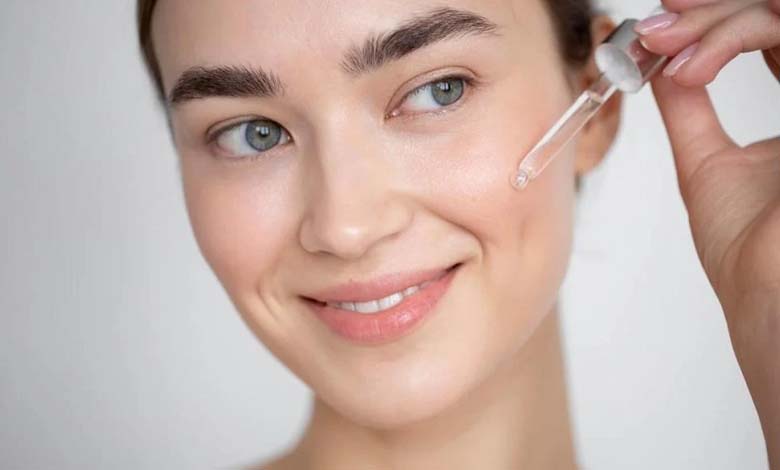Does Retinol Really Reduce the Signs of Aging?

In the skincare industry, few ingredients have garnered as much scientific and consumer interest as retinol. A derivative of vitamin A, retinol is often promoted as a gold-standard solution for wrinkles, sagging skin, and uneven tone. But does it really deliver on its promises?
-
Are Electric Shock Sensations a Sign of Vitamin B12 Deficiency?
-
Vitamin D or Fish Oil – Which One Is Better for Your Health?
What is retinol?
Retinol belongs to the family of retinoids, compounds derived from vitamin A. When applied to the skin, retinol gradually converts into retinoic acid — the active form that interacts with skin cells to stimulate collagen production and accelerate cell turnover.
These actions help improve skin firmness, reduce fine lines, and promote a smoother, more radiant complexion.
What does science say?
Numerous clinical studies have validated the effectiveness of retinol in treating signs of skin aging. It helps to:
- Stimulate collagen production, improving skin elasticity.
- Reduce the depth of fine and moderate wrinkles.
- Lighten age spots and sun-induced pigmentation.
- Improve skin texture and overall tone.
Most users notice visible results within eight to twelve weeks, although long-term benefits typically become more pronounced after six months of consistent use.
-
Understanding Vitamin B and Its Dietary Sources
-
Your Shadow in the Sun Reveals a Vitamin D Deficiency
Side effects and precautions
Despite its proven benefits, retinol can cause side effects, especially when first introduced to a skincare routine:
- Redness
- Irritation
- Peeling
- Increased sun sensitivity
To minimize irritation, dermatologists recommend starting with a low concentration and using it once or twice a week, gradually increasing the frequency as the skin builds tolerance. Daily use of sunscreen is essential to protect the skin from UV damage, especially when using retinol.
-
“Sun Vitamin”: How to Get Enough Without Harming Your Body?
-
4 Foods That Boost Vitamin D Production in the Body
How to include retinol in your routine
A balanced skincare routine can enhance the effectiveness of retinol:
- Cleanse with a gentle face wash.
- Apply a small amount of retinol to dry skin.
- Follow with a hydrating, soothing moisturizer.
- Use a broad-spectrum sunscreen every morning.
Retinol is not a miracle cure, but it remains one of the most researched and reliable ingredients available to fight the signs of aging. When used correctly and consistently, it can visibly improve skin tone, texture, firmness, and reduce the appearance of wrinkles and pigmentation.












